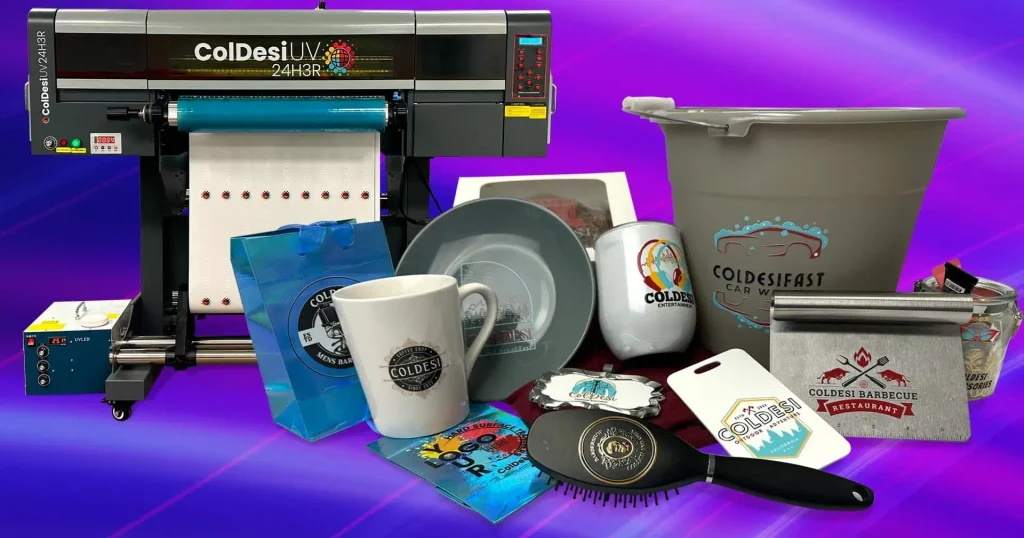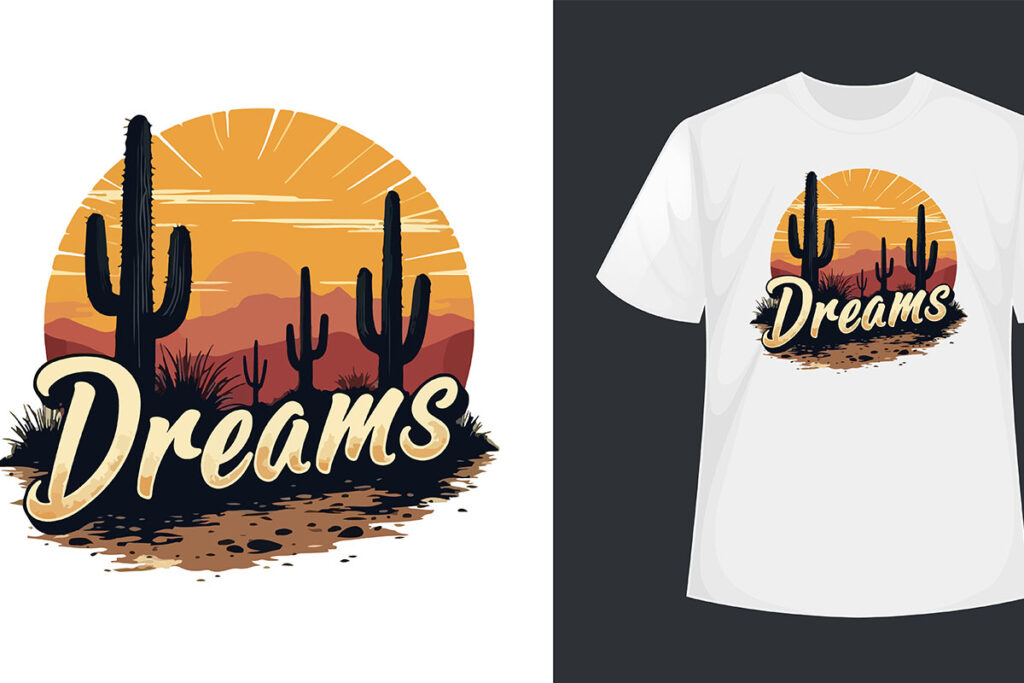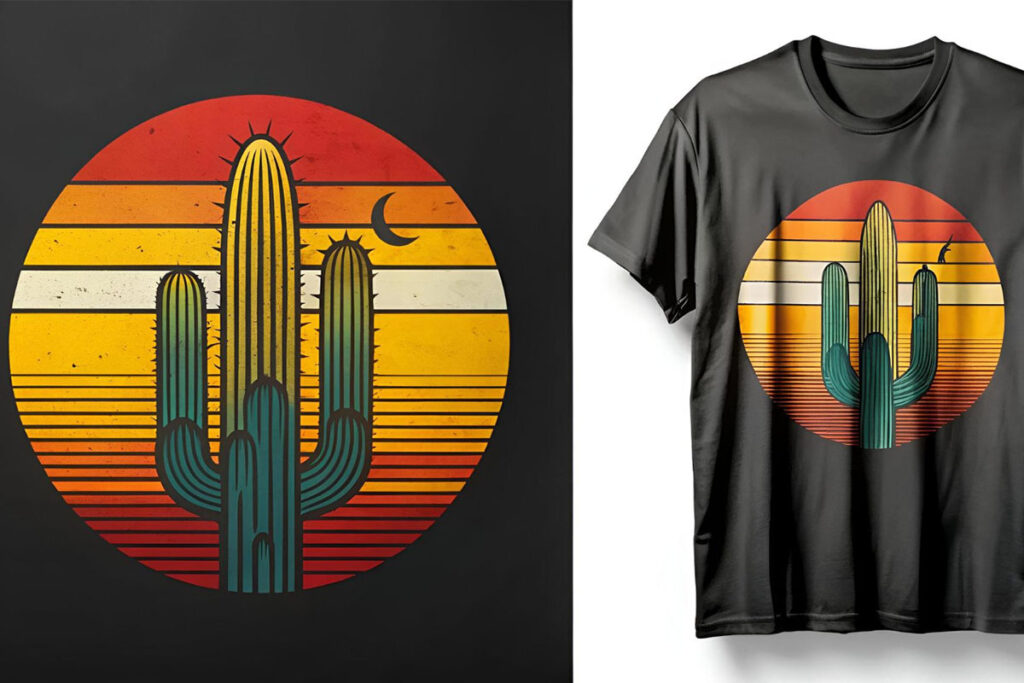**UV DTF Printing** is swiftly becoming a leading method in the modern printing landscape, offering unparalleled versatility and efficiency through the innovative Ultraviolet Direct-to-Film technology. This advanced process not only simplifies the DTF printing technique but also enhances the durability of the final product, allowing for the creation of vibrant custom stickers and durable decals that withstand various conditions. With its unique DTF printing process, users can achieve impressive color quality while printing on a wide range of materials. The advantages of UV printing are substantial, making it an ideal solution for both personal and commercial projects. As we delve deeper into the intricacies of UV DTF printing, you’ll uncover how to maximize its potential for your creative needs.
Exploring the domain of ultraviolet ink transfer technology opens up a myriad of possibilities for enthusiasts and professionals alike. Known by terms such as Ultraviolet Direct-to-Film or DTF printing, this technique is revolutionizing how we create custom designs on different substrates. Whether you’re looking to produce high-quality decals or personalized stickers, the nuances of this printing approach provide immense flexibility and creativity. Its capabilities enable artists to push beyond traditional printing boundaries, resulting in visually stunning and durable products. As we navigate through this fascinating world, you’ll learn the essential tools and methods needed for mastering this cutting-edge printing process.
Understanding the UV DTF Printing Process
UV DTF printing, or Ultraviolet Direct-to-Film printing, is an innovative process that involves transferring high-quality inks onto a film before applying them to a chosen substrate. This method utilizes advanced UV curing technology, which instantly hardens the ink to create resilient and vivid designs. Initially, the printer carefully lays down the ink on the transfer film, followed by exposure to ultraviolet light, which catalyzes the curing process. The end result is a durable product with enhanced color vibrancy and adhesion properties.
The ease with which UV DTF printing can be performed opens up new possibilities for both hobbyists and professional creators. Users do not need specialized heat transfer equipment, as is required in traditional DTF methods; instead, they simply peel the film and apply it directly to the desired surface. This not only streamlines the process but also significantly reduces the time needed to produce custom stickers, decals, and other promotional materials. Understanding this process is key for anyone looking to leverage UV DTF technology in their projects.
Far beyond just a quick method to print, UV DTF printing enables users to tap into a realm of creativity with endless design possibilities. With varying finishes and the ability to print on a diverse range of materials, creators can push boundaries and experiment boldly. Whether you’re designing artwork for a wall mural or custom decals for a vehicle, UV DTF provides the tools to achieve high-quality results that stand out. This capability is what makes UV DTF printing a favorite among industries focused on branding and personalized products.
For beginners, it is vital to grasp these technical aspects of the UV DTF printing process. Having a robust understanding allows for better predictions of outcomes, control over various design elements, and effective choice of compatible materials. With practice, the specifics of this process will soon feel intuitive, paving the way for effective and efficient utilization of UV DTF printing technology.
The Benefits of Using UV DTF Printing Technology
UV DTF printing offers several distinct advantages over traditional printing methods, making it a go-to choice for both personal and commercial projects. One of the most notable benefits is the durability of the final product. Prints created using UV DTF are inherently resistant to weather damage, chemicals, and physical wear. Such resilience ensures that the stunning colors and intricate details of your designs remain intact for extended periods, even when used in demanding environments. This characteristic is particularly appealing to businesses looking to create long-lasting branding materials.
Additionally, the simplicity and effectiveness of UV DTF printing streamline the application process, saving both time and labor costs. Unlike conventional DTF printing, which often requires a heat press, UV DTF stickers can be directly applied to surfaces without additional tools or complicated processes. This ease of use results in quicker turnaround times, allowing businesses to fulfill orders and launch promotional campaigns with greater efficiency. As a beginner, appreciating the advantages of this technology can inspire confidence in its potential and your craftsmanship.
Another significant benefit is the incredible color quality and resolution that UV DTF printing delivers. The UV curing technology allows for rich, vibrant colors that capture attention, making it ideal for designs that require high detail and impact. From custom stickers to intricate artwork, the printing capabilities of UV DTF ensure that every project shines. Users can leverage this color accuracy to create materials that effectively communicate their message and brand identity, ultimately enhancing their marketing strategies.
As newcomers to this printing method, understanding these advantages can drive motivation and inspire exploration of creative avenues. The benefits of UV DTF printing not only support individual aspirations but also contribute to the broader design and printing community, fostering innovation and quality craftsmanship.
The durability, application ease, and color fidelity associated with UV DTF printing underscore its importance in the evolving landscape of printing technology, providing a solid foundation for anyone eager to experiment and succeed.
Exploring Material Compatibility in UV DTF Printing
A hallmark of UV DTF printing is its exceptional versatility, allowing designs to be printed on a wide variety of substrates. This capability empowers users to create tailor-made projects that suit diverse needs—from vibrant decals on metal surfaces for signage to personalized stickers on plastic items such as phone cases. Each material type reacts uniquely to UV inks and transforms end products, presenting exciting opportunities for innovation and personalization.
Furthermore, the compatibility of UV DTF with materials extends to textiles and wood, broadening creative potential. Fabrics can be printed with intricate patterns and images, opening the door for custom clothing lines and personalized accessories. Wood, too, can be transformed into stunning décor pieces featuring detailed graphics. This multi-surface adaptability is a significant reason why UV DTF printing is gaining traction in various fields including marketing, crafts, and artistic pursuits.
For beginners, the exploration of material compatibility is essential for maximizing the benefits of UV DTF printing. Experimenting with different substrates will provide valuable insights into how various materials interact with the printing process and what adjustments may be needed for optimal results. The ability to create authentic, durable items on multiple surfaces allows greater exploration of individual creativity, and encourages new users to push their artistic limits.
The broader range of material compatibility in UV DTF printing ensures that budding artists can find suitable materials for their projects, regardless of their focal area. This approach nurtures an inclusive environment for creators of all backgrounds and skill levels, while also furthering the appeal of UV DTF printing as a versatile tool for exploration and expression.
Comparing UV DTF Printing to Other Techniques
In the realm of printing technologies, understanding the differences between UV DTF printing and other methods is crucial for selecting the right technique for specific projects. When compared to traditional DTF printing, UV DTF technology offers a significant advantage by eliminating the heat transfer requirement. This reduction not only simplifies the printing logistics but also increases efficiency, allowing for quicker production of vibrant custom products such as stickers and decals. Such comparisons highlight how UV DTF stands out as an innovation in the craft.
On the other hand, when layered against conventional UV printing, UV DTF holds its own through greater versatility. Traditional UV printing generally limits users to certain substrates, restricting creative possibilities. In contrast, the adaptability of UV DTF means artists can print on a wide range of materials without losing quality or vibrancy. This unique advantage makes UV DTF an appealing choice for projects that require personalization and distinctive design elements.
As beginners navigate the printing landscape, recognizing the comparative advantages offered by UV DTF against other printing techniques empowers informed decision-making. Understanding these differences not only aids in selecting the best approach for individual projects but also enhances skill development as artists learn how to leverage unique capabilities better.
Overall, evaluating UV DTF printing in relation to other techniques reveals its promising potential in the world of printing, ensuring smoother processes, brilliant results, and a richer creative experience.
Practical Applications of UV DTF Printing in Various Industries
The practical applications for UV DTF printing extend far beyond simple decoration; they encompass diverse industries and creative domains. Businesses often turn to UV DTF for producing branded merchandise such as custom stickers, which can amplify marketing efforts through vibrant visuals and personalized touches. By consistently delivering high-quality, durable stickers, companies can easily promote their brand identity and engage customers effectively.
Moreover, artists and creators are increasingly utilizing UV DTF printing for producing unique gifts and custom products. From personalized awards to bespoke items for events, the possibilities are endless. Customization allows individuals to infuse personal meaning into their gifts by incorporating distinct designs or unique messages that resonate with recipients, thereby enhancing gift-giving experience.
Applications don’t stop there; UV DTF printing has also found a niche in industries such as interior design, where unique wall art and decor pieces are in high demand. These vibrant prints elevate everyday environments, showcasing creativity and artistic flair. By implementing UV DTF methods, designers can produce bespoke items that not only surface from a conceptual design but also take final shape in prints that adhere fluidity with decor materials.
By understanding the diverse applications of UV DTF printing, beginners can begin to identify suitable markets and niches for their creativity and products. Whether targeting businesses seeking branding materials or personal projects aimed at crafting meaningful gifts, UV DTF printing serves as a versatile vehicle enabling various ventures to flourish.
Frequently Asked Questions
What are the key advantages of UV DTF printing?
UV DTF printing offers numerous advantages, including exceptional durability, vibrant color quality, and ease of application. Unlike traditional DTF methods that require heat, UV DTF allows for a simpler peel-and-stick process, making it user-friendly. Furthermore, the UV curing technology ensures that designs are resistant to scratches and fading, ideal for both indoor and outdoor use.
How does UV DTF printing differ from traditional DTF printing?
The primary difference between UV DTF printing and traditional DTF printing lies in the application process. UV DTF printing utilizes ultraviolet light to cure designs instantly, eliminating the need for heat application required in standard DTF printing. This innovation allows for faster production times and greater versatility across various substrates.
What types of substrates can be used with UV DTF printing?
UV DTF printing is highly versatile and compatible with a wide range of substrates, including metals, plastics, fabrics, and wood. This makes it suitable for creating various products, such as custom stickers, durable decals, and personalized gifts, enhancing its appeal for both personal and commercial use.
Can UV DTF printing produce high-quality custom stickers?
Yes, UV DTF printing is capable of producing high-quality custom stickers. The technology enables vibrant, full-color prints with excellent resolution, making it perfect for branding and promotional materials. Businesses can leverage UV DTF to create eye-catching stickers that stand out and effectively communicate their brand message.
What is the DTF printing process for UV DTF?
The DTF printing process for UV DTF involves printing vibrant designs onto a special transfer film using a UV printer. Once printed, the designs are cured instantly using ultraviolet light, which helps in achieving durable, high-quality prints that can adhere to various surfaces without heat application. This streamlined process enhances efficiency and creative possibilities.
Is UV DTF printing suitable for outdoor applications?
Yes, UV DTF printing is particularly suitable for outdoor applications due to its durability. The UV-cured designs are resistant to fading, scratches, and other environmental conditions, making them ideal for items like signage, decals, and promotional products that need to withstand outdoor elements.
| Key Points | Details |
|---|---|
| What is UV DTF Printing? | A modern printing technique using UV curing technology to transfer ink onto a special film, producing durable and vibrant decals without heat application. |
| Materials Compatibility | Can print on metals, plastics, fabrics, and wood; ideal for a range of custom designs. |
| Advantages of UV DTF Printing | Includes durability, ease of application, and incredible color quality. |
| Comparison with Other Methods | Faster and more versatile than traditional DTF and standard UV printing methods. |
| Practical Applications | Used for creating decals, personalized gifts, and custom stickers for branding. |
| Getting Started Tips | Invest in quality equipment, learn color management, practice on various materials, and experiment with designs. |
Summary
UV DTF printing is a groundbreaking method in precision printing, offering an innovative solution for creating vibrant and durable designs. This technology integrates traditional DTF printing with the advantages of UV curing, broadening the scope of printing applications across various materials including metals, plastics, and fabrics. The benefits of UV DTF printing are noteworthy, especially in terms of durability and ease of application, making it an attractive choice for both personal and commercial projects alike. As you delve into the world of UV DTF printing, you will discover the endless possibilities it harbors for enhancing your creative endeavors.



